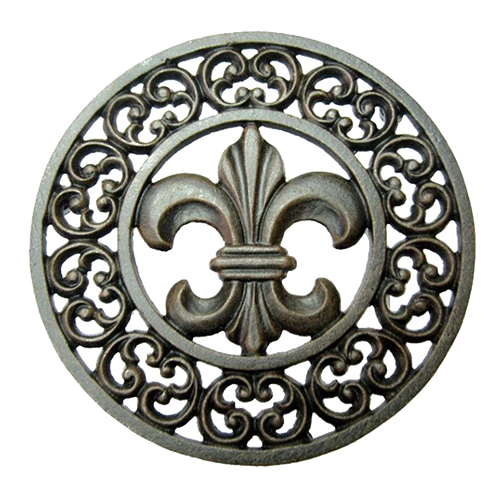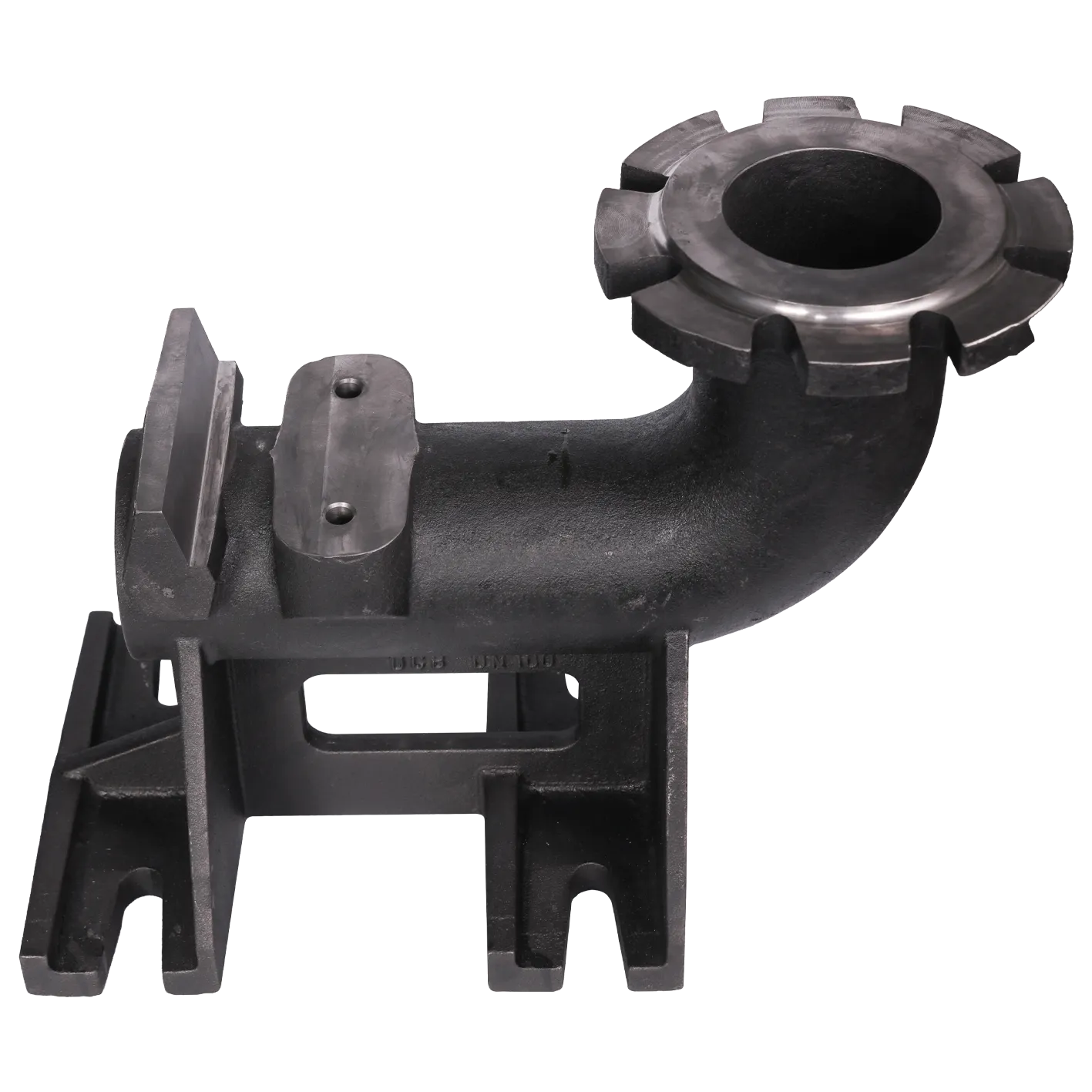Mobile:+86-311-808-126-83
Email:info@ydcastings.com
Pressure Casting Solutions Precision Parts Manufacturing
- The Essential Role of Pressure Casting in Modern Manufacturing
- Market Data: Pressure Casting's Industrial Impact
- Technical Superiority Explained
- Manufacturer Capabilities Comparison
- Customization Possibilities
- Industry Application Scenarios
- Implementing Future-Ready Pressure Casting Solutions

(pressure casting)
The Essential Role of Pressure Casting in Modern Manufacturing
Pressure casting revolutionizes component production through specialized techniques where molten metal fills steel dies under controlled force. Stainless steel pressure die casting methods deliver complex geometries unattainable via traditional manufacturing. Foundries increasingly adopt this approach due to its precision in creating durable components with strict tolerances. Two primary techniques dominate the field: low-pressure die casting (for hollow structures) and high-pressure die casting (for rapid production of thin-walled parts). Manufacturing sectors globally acknowledge pressure casting
as essential for producing critical components meeting the most stringent quality benchmarks.
Market Data: Pressure Casting's Industrial Impact
The pressure die casting market projects robust expansion, anticipating a $114.4 billion valuation by 2028 (CAGR 6.1%). Automotive applications dominate with 56% market share, driven by aluminum and stainless steel pressure die casting demand for powertrain components. European manufacturers report 15-18% scrap reductions from precision casting methods versus alternatives. Aerospace manufacturing data highlights how pressure die casting eliminates 78% of secondary machining operations. Adoption metrics across industries reveal consistent performance:
- Tolerance precision improvements: ±0.005 inch
- Energy consumption reductions: 32% vs sand casting
- Annual defect reduction: 19% across 5-year implementation
Technical Superiority Explained
Advanced pressure casting provides substantial benefits over competing processes. Advantages of pressure die casting include dimensional stability through rapid cooling and reduced porosity in final components. The low pressure die casting technique excels in manufacturing intricate hydraulic manifolds with internal passageways. Industrial benchmarks demonstrate process superiority with 97.3% material utilization rates versus 88.5% in traditional die casting. Structural integrity gains emerge from homogeneous grain structures formed under consistent pressure application. Automotive tier-1 suppliers document 30% lighter stainless steel castings than forged alternatives, validating pressure casting's efficiency for weight-critical applications.
Manufacturer Capabilities Comparison
| Manufacturer | Specialization | Pressure Range (bar) | Max Part Dimensions (cm) | Cycle Improvement (vs Industry) |
|---|---|---|---|---|
| CastTech Global | Automotive stainless steel | 150-900 | 120×80×40 | 22% faster |
| PrecisionDynamics | Aerospace LPDC | 0.7-8.5 | 200×120×80 | 17% faster |
| MetalForm Solutions | Medical instruments | 200-1000 | 60×45×30 | 28% faster |
| AlloyCraft Systems | Industrial valves | 80-750 | 90×70×50 | 15% faster |
Customization Possibilities
Contemporary pressure casting facilities implement tailored production configurations across industries. Modular die systems accommodate rapid design iterations with 72-hour turnaround for prototype development. Customization capabilities include material-specific solutions for stainless steel pressure die casting of marine hardware requiring exceptional chloride resistance. Foundries develop proprietary cooling channel geometries for enhanced thermal management during solidification, reducing cycle times by 25% on average. Sector-specific adaptations incorporate secondary processes directly within casting cells, combining steps like in-machine trimming or surface finishing for medical device components. Manufacturers deploy vacuum-assisted pressure die casting for air-sensitive alloys in aerospace brackets, achieving pore-free structures meeting NAS certification requirements.
Industry Application Scenarios
Critical implementations demonstrate pressure casting advantages across sectors. Automotive manufacturers utilize aluminum pressure casting for electric vehicle battery housings requiring thermal management channels and electromagnetic shielding. Material science advances enable stainless steel pressure die casting of corrosion-resistant hydraulic valve blocks for offshore drilling systems operating at 15,000 PSI. Low pressure die casting produces hollow aircraft landing gear components with uniform wall distribution impossible through forging. Medical applications include single-piece surgical instrument bodies manufactured with internal contours, eliminating assembly points where bacterial contamination occurs. Defense contractors apply pressure casting for military-grade communication housings meeting MIL-STD-810 shock/vibration standards while reducing unit weight by 40%.
Implementing Future-Ready Pressure Casting Solutions
Leading facilities continue refining pressure casting methodologies to address modern production challenges. Ongoing research focuses on AI-controlled pressure modulation, adapting parameters during injection to optimize material flow dynamics. Sustainability advances center on proprietary recyclate formulations enabling 95% reclaimed metal integration in structural components. Emerging pressure die casting configurations incorporate real-time crystallographic monitoring to detect solidification variations exceeding ±0.3% during production. Digital twin simulation of pressure sequences has reduced development lead times by 65% according to aerospace manufacturing trials. Industry stakeholders emphasize developing complete material lifecycle management alongside core pressure casting competencies. Successful implementation integrates advanced sensor arrays throughout the casting cell for continuous data capture, enabling closed-loop process refinement and zero-defect manufacturing goals.

(pressure casting)
FAQS on pressure casting
-
Q: What is pressure die casting?
A: Pressure die casting forces molten metal into reusable steel molds under high pressure. This rapid process produces dimensionally stable, complex-shaped parts with smooth surfaces. It's ideal for high-volume manufacturing across industries.
-
Q: Can stainless steel be pressure die cast?
A: Stainless steel pressure die casting is possible but challenging due to its high melting point. Specialized equipment like vacuum-assisted machines is required to prevent oxidation. This method yields corrosion-resistant components with excellent mechanical properties.
-
Q: How does low pressure die casting differ?
A: Low pressure die casting uses 2-15 psi to fill molds from below, reducing turbulence. It creates denser, less porous parts than traditional methods while using less energy. This technique excels at producing large, structurally critical components like automotive wheels.
-
Q: What are key advantages of pressure die casting?
A: Pressure die casting achieves tight tolerances (±0.2mm) and thin walls (under 1mm) with minimal machining. It enables high-volume production rates up to hundreds of parts per hour. Components have superior surface finishes and consistent mechanical properties.
-
Q: Why choose pressure casting over other methods?
A: Pressure casting delivers the best cost efficiency for mass production of metal parts. Its rapid cycle times outperform sand or investment casting by 10-20x. The process also minimizes material waste through reusable molds and precise metal distribution.
-
Why Is Choosing the Right Motor Housing Critical for Engine Performance?NewsJul.18,2025
-
Which Impeller Types Best Optimize Your Pump’s Efficiency?NewsJul.18,2025
-
Optimize Maintenance Efficiency with Durable Oil Catch SolutionsNewsJul.18,2025
-
Maximize Pump Performance with Precision-Engineered ComponentsNewsJul.18,2025
-
Elevate Industrial Flow Systems with Precision-Engineered ComponentsNewsJul.18,2025
-
Boost Durability and Functionality with Precision Power CastingsNewsJul.18,2025











